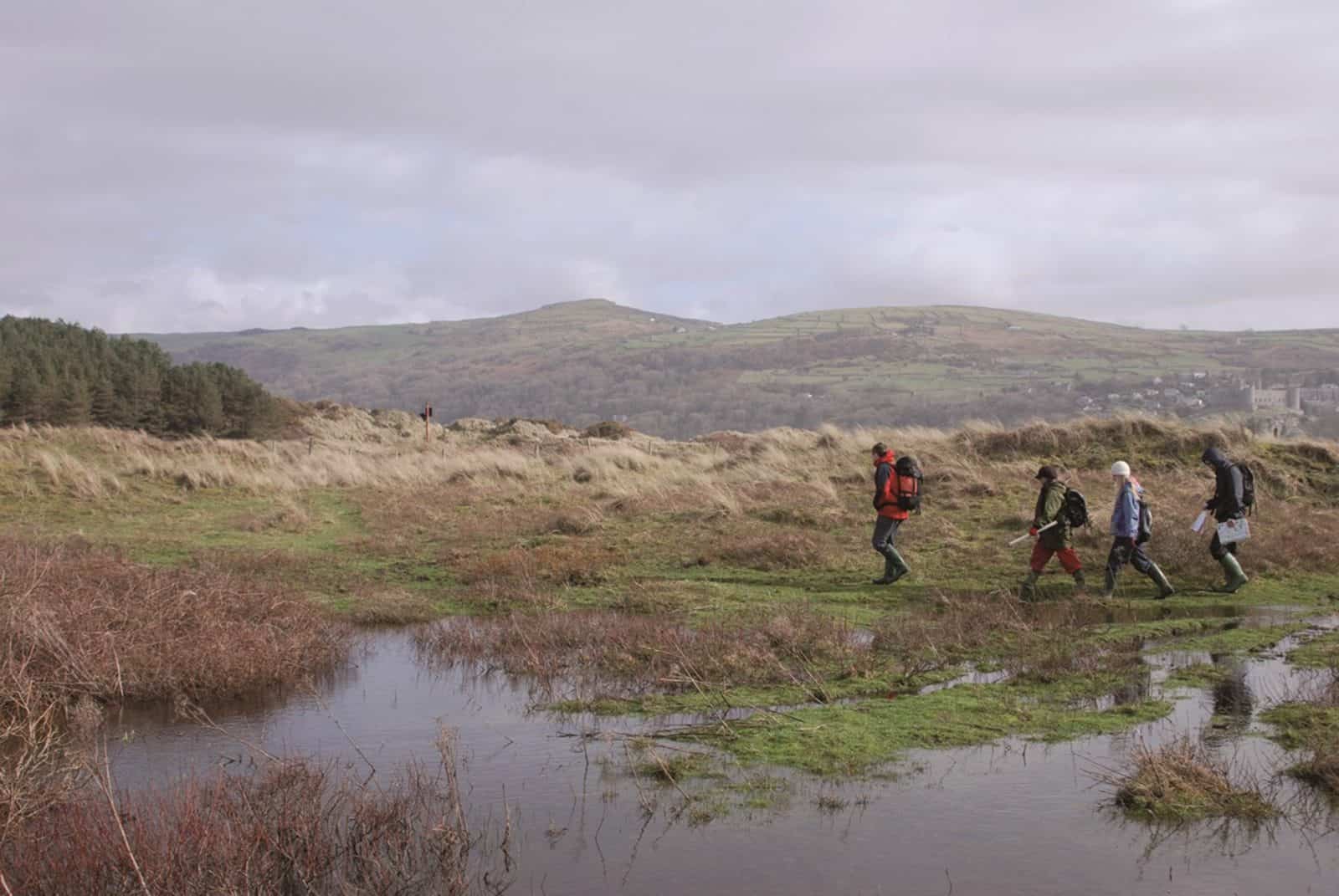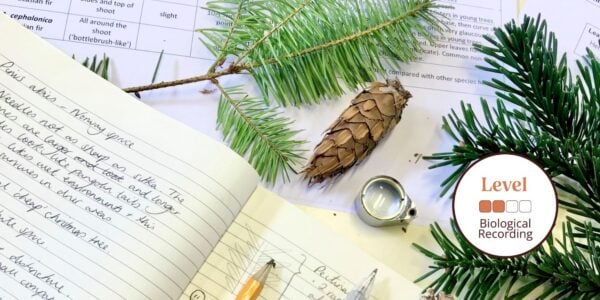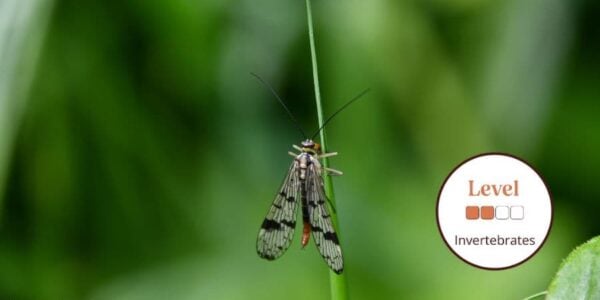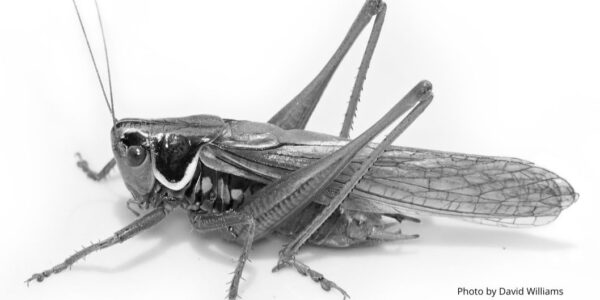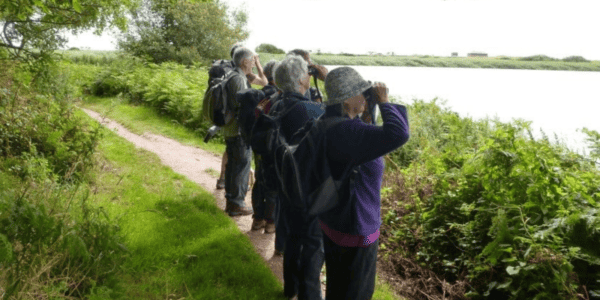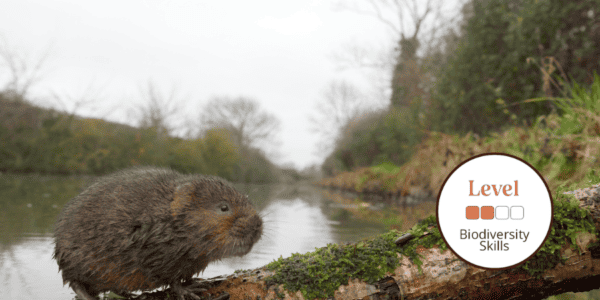
Discover more as you learn about Biological Recording and improve your skills on our beginner to advanced courses.
We run regular Biological Recording courses throughout the year delivered online and UK wide by expert tutors and follow a framework to progress your learning at a level to suit you.Understanding ‘Biological Recording’ is an essential tool for conservation and ecological planning. It is the foundation on which all scientific data collected by amateur and professional natural historians around the world is formatted and shared. Our biological recording courses cover the scientific study of recording information on where a living organism, habitat or community is found, when it was seen and by whom.
What is Biological Recording?
This practice allows us to understand the distribution of living organisms, describing the presence, abundance, associations and changes, both in time and space. In the UK alone, there are an estimated 30,000 terrestrial invertebrates. They are vital to the economic health of our country, as they are crucial for soil health, food production, waste decomposition, flood mitigation and pollination. However, despite their importance and diversity, many people have a superficial understanding of the morphological features that define different invertebrate groups.
Individual species can be active at different times throughout the year and progress through various forms (as larvae, nymphs, and adults). As a result, they can occupy distinct microhabitats throughout their life cycle.
Biological records inform wildlife monitoring, research, nature conservation and policy, as well as helping to engage the public with nature and developing wildlife survey and identification skills.
From moth trapping in your back garden to countryside-scale land surveys of habitats, natural historians from all levels of expertise and interest areas can contribute to recording schemes.
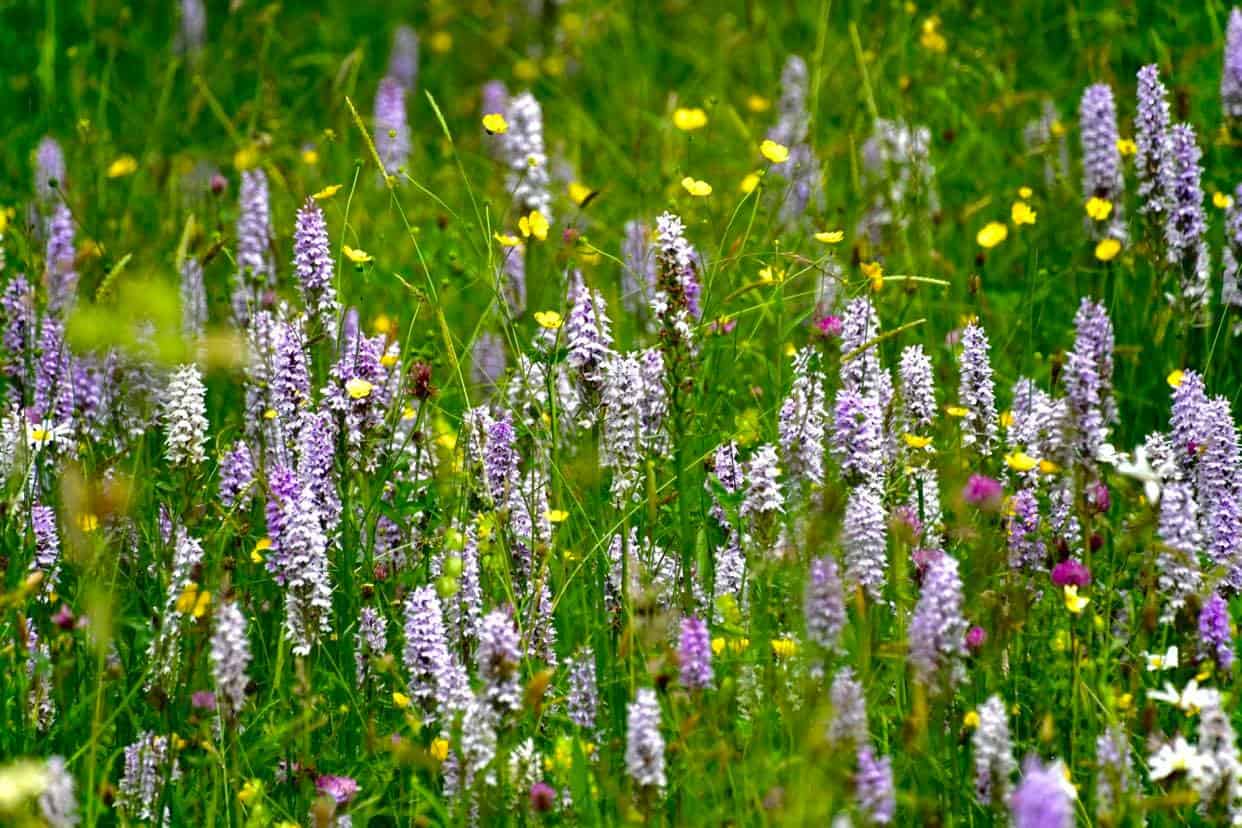
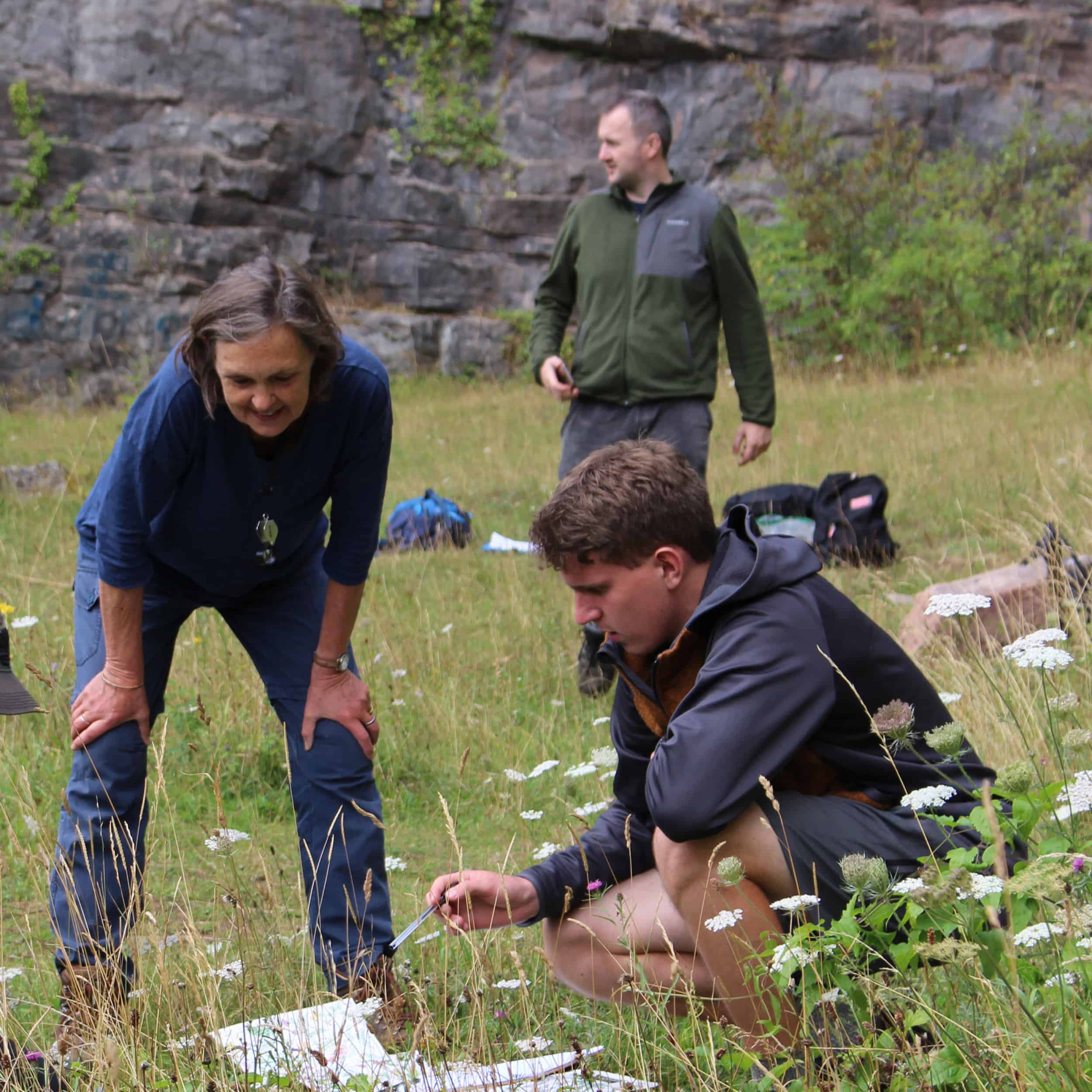
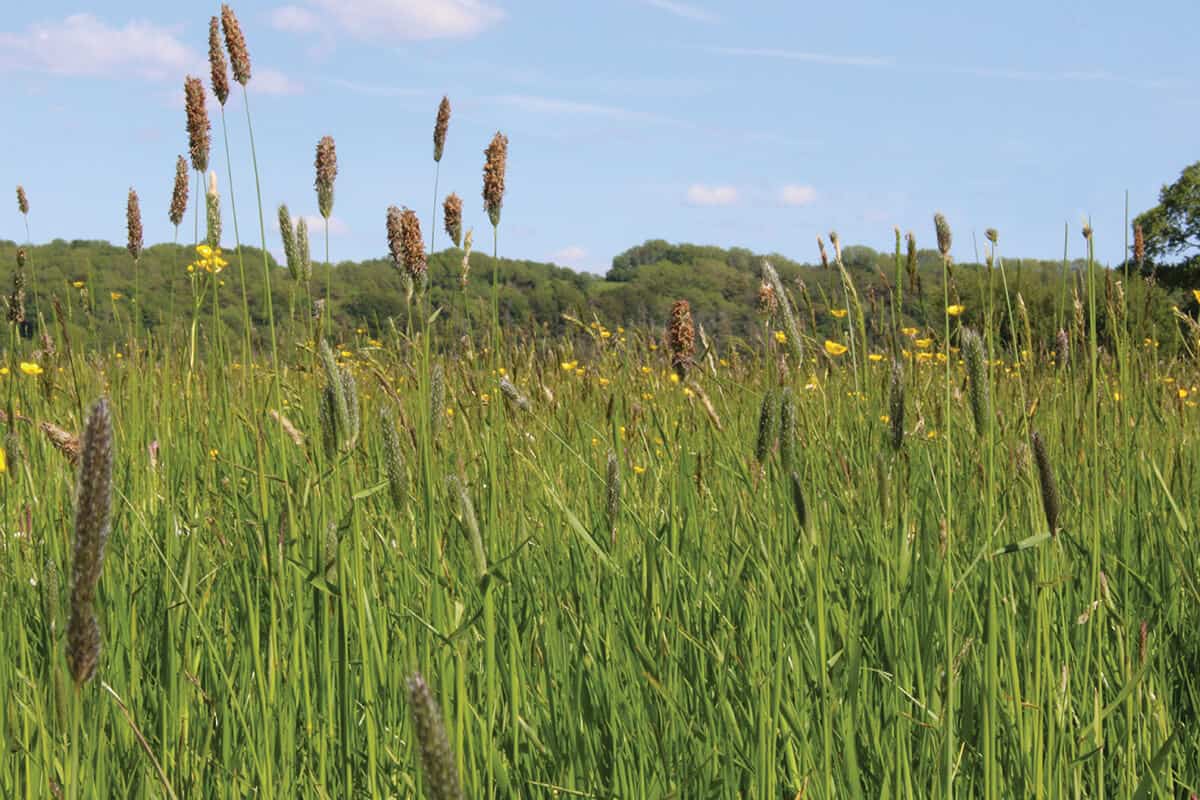
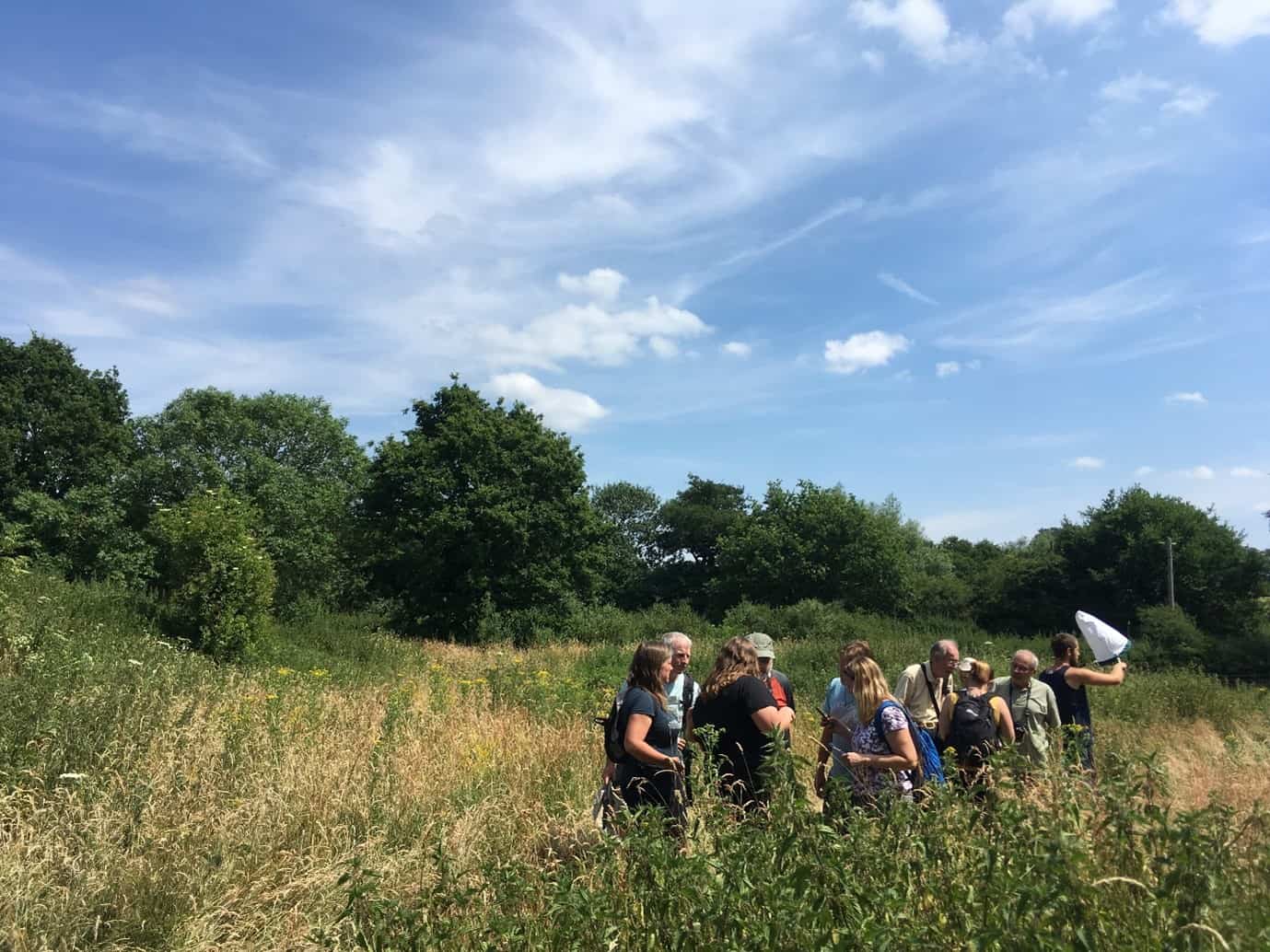
Biological Recording Courses
Our biological recording courses are delivered by experts in the field, and will equip you with the skills and knowledge to discover more about this fascinating and increasingly required area. Our beginner courses are for anyone interested in discovering and exploring biological recording. You can learn how to identify the key characteristics and improving identification and survey skills, within many areas. We also offer licensing courses for more advanced levels.
Training is led by expert tutors who are passionate about the subject. Taking place at venues across the UK, or online, our courses are designed to progress your learning at a level to suit your needs. If you are interested in our biological recording online training, you can read about our Moodle learning environment.
Each course is part of a learning framework. You can see the course level descriptions here. Natural history courses are available at all levels from beginner through to professional training.
Past course examples have included:
- Distribution of Lesser Celandine and its subspecies at Preston Montford.
- Small mammal survey (using Longworth traps)
- Bat survey
- Songbird Survey
Through a mixture of lectures, practical workshops, and outdoor surveying Field Studies Council courses will help you come to understand the science behind recording our Natural History.
Areas covered on courses include:
- What goes into a record?
- Why make biological records?
- Using grid references and site hierarchies
- How to use a GPS
- Designing a good biological recording survey
- Who’s who in biological recording
- Validation and vice counties
- Historical records
- Confidentiality and status
- Record schemes and record flow
- Computers in biological recording
- Biological Recording Resources
Biological Recording Resources
Ancient Woodland Indicator Guide features beautiful colour illustrations of each plant. For ease of use, these are grouped by woodland type, from lowland base-rich woods to upland acid woods and woods on boggy soils.
The Terrestrial Invertebrates AIDGAP Many identification guides assume that you know which order the invertebrates belong to. But what if you’re not sure whether you have caught a bug or a beetle? A hoverfly or a bee? A harvestman or a spider? The Terrestrial Invertebrates AIDGAP fills in the missing gap between popular picture books and difficult-to-use specialist guides. well as a few rarer trees

